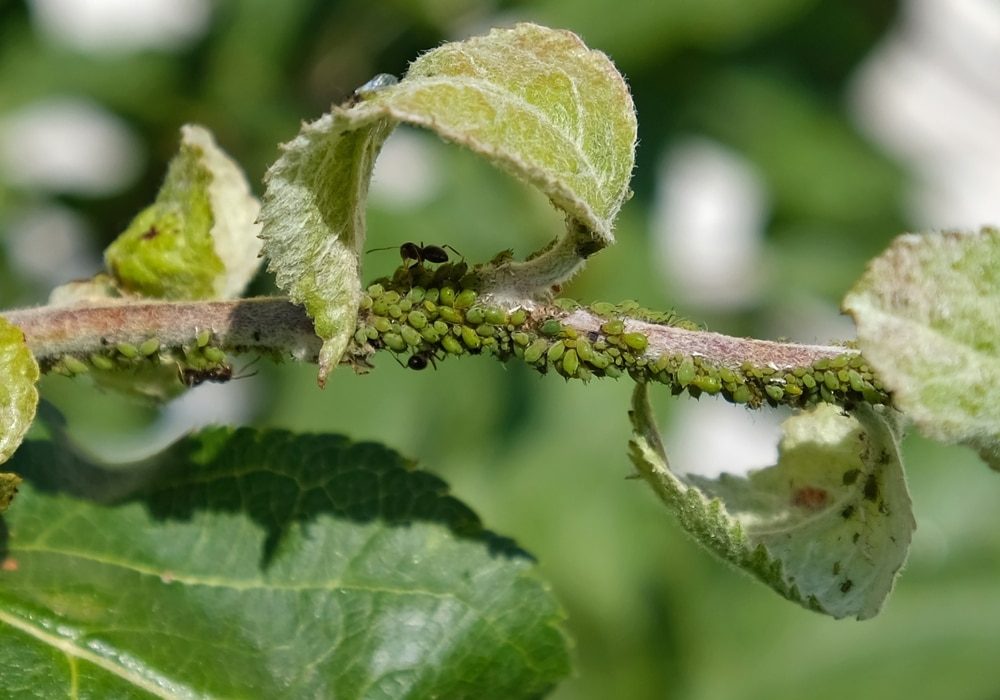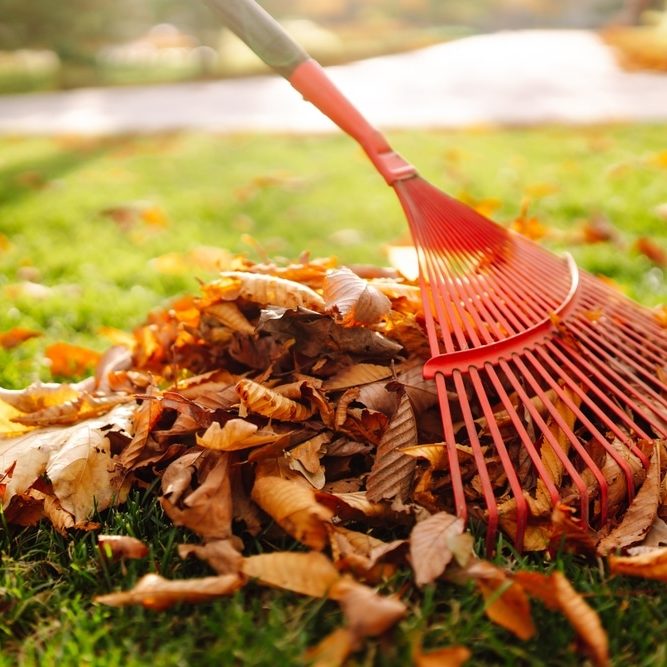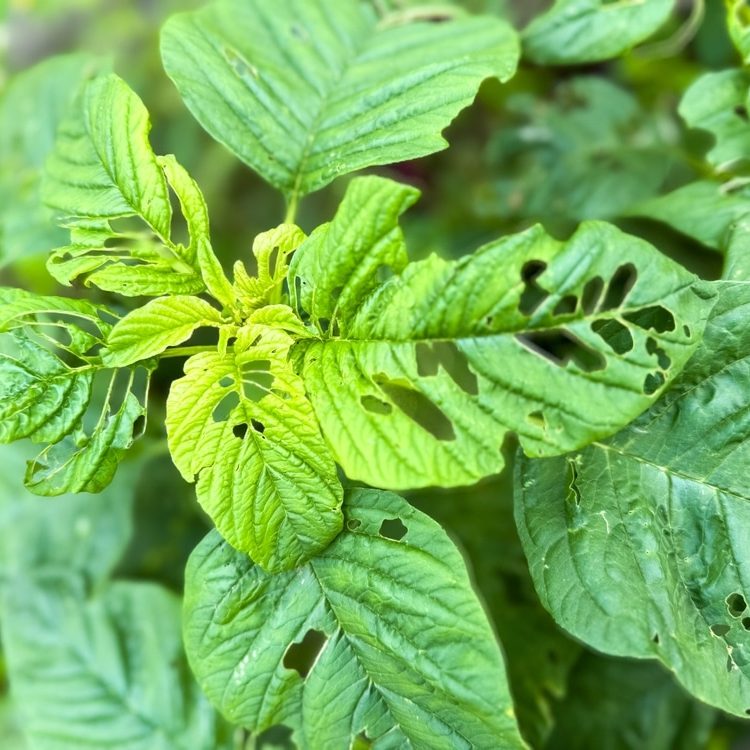As the leaves turn vibrant shades of red, orange, and gold, the beauty of autumn captivates us. However, with the stunning fall foliage comes some unwelcome visitors to our yards—pests seeking shelter and sustenance as the weather cools. Understanding the connection between fall foliage and pest attraction is essential for homeowners looking to protect their outdoor spaces from these invading creatures. In this post, we’ll explore why autumn attracts pests, the impact of leaf litter, effective yard clean-up strategies, and protective measures to keep your yard pest-free.
I. Understanding the Link Between Fall Foliage and Pest Activity
Why Fall Attracts Pests
As temperatures drop and days grow shorter, pests begin to prepare for the colder months ahead. The changing season prompts several behavioral shifts:
- Seeking Shelter: Many pests are driven indoors or into sheltered areas of your yard where they can find warmth.
- Natural Resources: Food becomes scarcer, leading insects to invade gardens and landscapes in search of the last available nutrients.
Understanding these factors is crucial for homeowners, as this seasonal migration can result in unwanted infestations.
Common Pests in Autumn
Several pests become more active during fall, taking advantage of the conditions the season presents:
- Aphids: Often found on the underside of leaves, these small insects suck the sap from plants.
- Ants: Ants become very active in late summer and early fall as they prepare for winter, often seeking crumbs or nesting sites in homes.
- Spiders: With cooler weather, many spiders begin seeking sheltered places to spin their webs.
- Ticks: With the ground cover altering in the fall, ticks remain active, increasing the risk of biting.
Familiarizing yourself with these common autumn pests can aid in early detection and prevention.

III. Effective Yard Clean-Up Strategies
Maintaining a tidy yard is crucial during the fall to prevent pests from taking up residence. Here are some effective strategies for yard clean-up:
Raking leaves may seem like a labor-intensive task, but it’s a necessary step in preventing pests:
- Regular Raking: Make it a routine to rake leaves weekly, especially after significant storms or windy days.
- Proper Disposal: Instead of stacking leaves in a corner of your yard, dispose of them in bags or compost them correctly.
Regular leaf removal not only keeps your yard looking neat but also eliminates potential pest nesting sites.

At Emtec Pest Control, we are committed to safe and responsible pest control. We understand that your family’s safety is your number one priority, so we make it our priority, too.
If you have any other questions about any of these pests or pest control for your home or business, contact your Oklahoma pest control experts at Emtec Pest Control by calling us or by filling out our online contact form.

